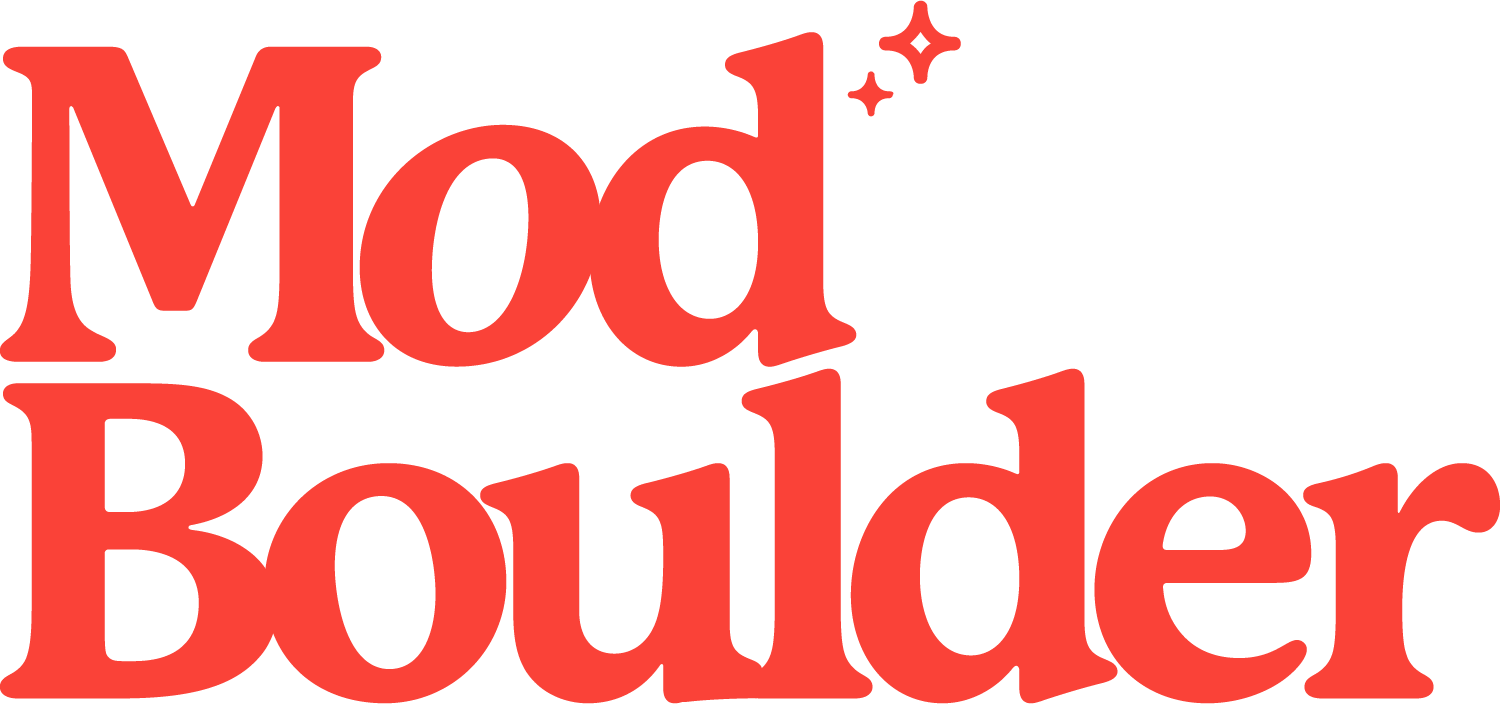Pandemic Property: How COVID is Changing the Real Estate Market
It's certain: COVID-19 is reshaping the entire real estate industry. As lifestyles are adapting to this new sense of normal, there’s a fresh set of factors both buyers and sellers are considering.
Whether it's your Baby Boomer parents who are opting to live independently for longer, the work-from-home economy changing what you’ll value in your next home, or buyers who are relying more heavily on the real estate pros for information, it's clear that COVID-19 is changing how, where, when and why we buy. As cities reopen with a lingering sense of uncertainty, here are some emerging possibilities buyers and sellers should consider.
Staying put for longer
A distressing fact about COVID-19 is that assisted living facilities and nursing homes were hardest hit by the virus. Because of this ongoing risk, aging Boomers (as well as subsequent generations) may decide to live independently in their current homes for longer. This choice to stay put will impact the real estate market by increasing demand for properties with opportunities for multi-generational living, like mother-in-law quarters or an ADU in the backyard.
And as remote working becomes the new norm, homeowners of all ages may opt to stay in place for longer, utilizing mortgage options such as HELOCs to make improvements on their current home using accumulated equity.
Escaping to the suburbs
In recent years, our strong economy and its creation of jobs made urban living desirable—until COVID-19 hit some of our most densely populated cities the hardest. In these cities, the amenities of condo life were once appealing, such as gyms and pools, tighter security, and a central location. But now, densely populated community living, common ventilation systems and shared amenities may leave many feeling wary.
It’s a distinct possibility that, post-COVID, city living will look different. With the lack of traditional city experiences like nightlife, theater shows and dining out, many may gravitate toward more solitary, socially distanced outdoor activities like walking, hiking and cycling, which are often easier to achieve in a more rural setting. And with more people than ever working from home, there’s likely a related desire for more square footage and breathing room from family members. Increased square footage is typically more affordable outside of the city proper.
Relying more on the experts
Even before the pandemic, the real estate industry was undergoing a transformation to a more digitally driven experience. Whether it’s listing aggregator platforms like Zillow or an immersive digital walk-through, the internet was already changing the way real estate transactions are handled.
Now that health and safety are top of mind for most buyers, agents will be relied upon to deliver expert and up-to-date information to their clients on things like which home inspections are advisable and whether there are any environmental issues to consider.
Expanding your portfolio
During the surges of the pandemic, homeowners with second homes had the ability to find sanctuary in less-populated locations. This luxury was especially valuable during the embargo on vacation rentals, resorts and hotels. And for those with the pandemic-related travel bug? A vacation home is an appealing and accessible way to cure the nagging wanderlust.
However, a second home doesn’t come without its complexities: taxes, insurance and maintenance—not to mention that second mortgage payment—are an added responsibility, so the option is available to those who can leverage their current properties and finances strategically.
When viewed as a whole, these opportunities and challenges create a balanced market, with some homeowners choosing to staying put and others searching out new digs to match our new reality.

